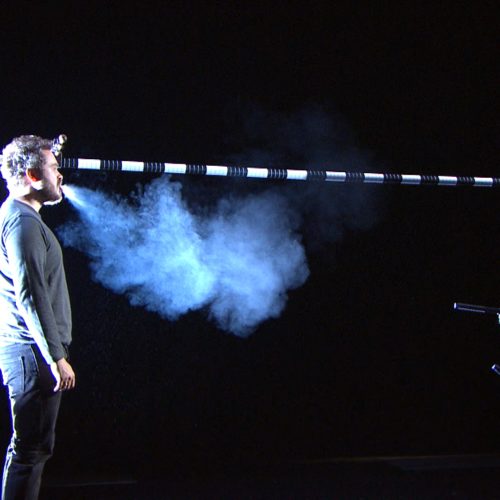

Message from Alexander Neef:
In line with the decisions announced by the President of the Republic on 24 November, the Paris Opera is delighted to be preparing to reopen its theatres to the public as of Tuesday 15 December.
Several productions will be presented in December: La Bayadère, La Traviata and Carmen at the Opéra Bastille, and, at the Palais Garnier, the Ballet School’s production Classes en scène, concerts by the Academy and Les Arts Florissants as well as a recital by Julie Fuchs.
In addition, the Palais Garnier will once again be able to welcome visitors from the same date onwards.
We will provide you as soon as possible with all relevant practical information concerning performances and visits: dates, times, booking procedures.
The artists and all the Paris Opera’s teams have been hard at work over the past few weeks to be able to welcome you back in optimal artistic and health-safety conditions.
I look forward to seeing you in our theatres as of 15 December.
I would like to thank you for your continued support and loyalty.
Alexander Neef
Managing Director

The US-born soprano Roberta Alexander has been awarded the Edison Klassiek prize, the most prestigious Dutch classical music award, for her lifetime achievements.
Roberta, who studied at the University of Michigan in Ann Arbor from 1969 to 1971, made her debut at Dutch National Opera in 1975 in La cambiale di matrimonio. She went on to appear in all of the world’s great opera houses and continues to perform major roles.
She has also just changed agents, joining Interartists Amsterdam for general management.
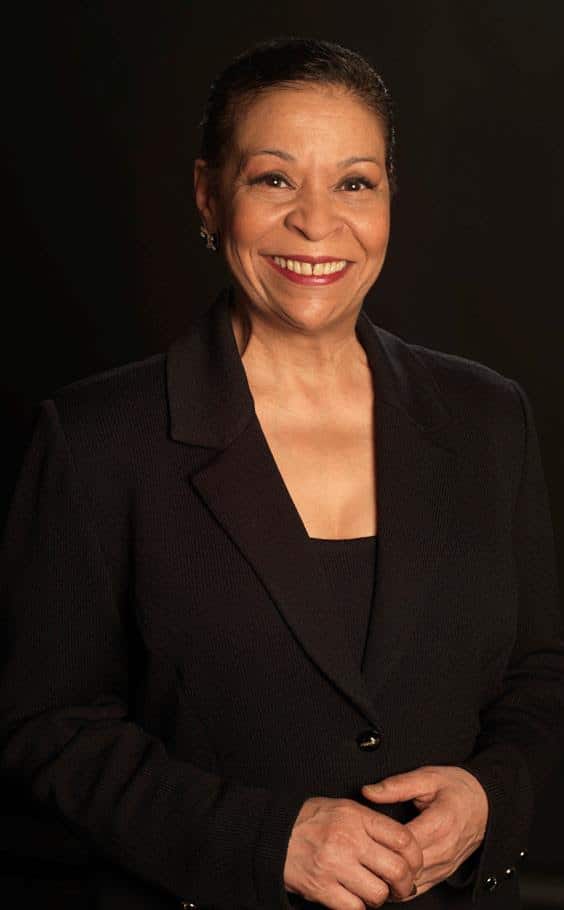
Correction: We deleted an incorrect tweet that misidentified Yo-Yo Ma as a violinist. He is a cellist.
— The New York Times (@nytimes) November 24, 2020
Well, is he now?
Thanksgiving for that.
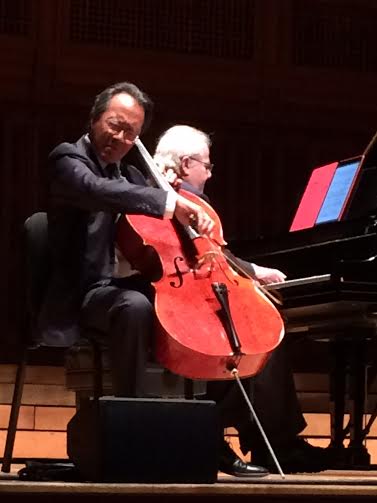
These are the latest Covid losses in the music community.
116 Oboe professor Giorgi Beridze, 81
117 Festival director Diego Martínez, 57
118 Music agent Ben Kouijzer, 36

119 Belgian singer Joseph Reynaerts, 65
120 Brazilian pianist Luiz Henrique Senise, 73
121 Hungarian doublebass Géza Lajhó, 64
122 Edmonton jazz musician Bobby Cairns, 78
123 Ian Finkel, ‘World’s Greatest Xylophonist,’ 72
Previous list here.
There was a time when the Christmas issue of Gramophone and BBC Music magazine was so thick with advertisments that readers struggled to find editorial content.
Labels, for their part, fough tooth and nail for the privilege of occupying the magazine covers, inside and out.
Those were the days.
The Christmas issue of BBC Music is so ad-light its inside covers are occupied by a Norwegian label and a music competition in Utrecht.
Let’s hope they have other revenue sources to see them through difficult times.
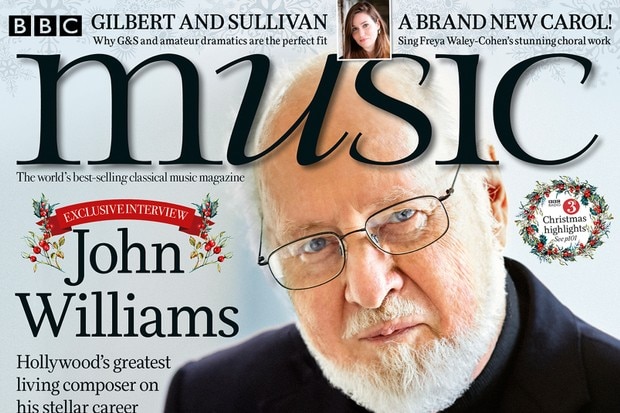
The first night of La Scala’s new season, always held on December 7, will have no opera and no audience this year.
Instead it has cameos from: Ildar Abdrazakov, Roberto Alagna, Carlos Alvarez, Piotr Beczala, Benjamin Bernheim, Eleonora Buratto, Marianne Crebassa, Placido Domingo, Juan Diego Florez, Elina Garanca, Vittorio Grigolo, Jonas Kaufmann, Aleksandra Kurzak, Francesco Meli, Camilla Nylund, Kristine Opolais, Lisette Oropesa, Marina Rebeka, Ludovic Tezier, and Sonya Yoncheva.
Music director Riccardo Chailly will conduct the Scala orchestra and chorus.
Anyone feeling left out?
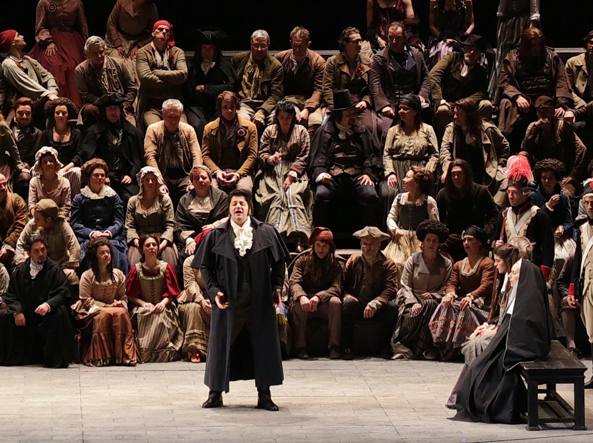
Oh, a significant omission.
The City of Birmingham Symphony Orchestra has rolled out a series of ‘Cuppa Concerts’, intended for older people in care, with a special emphasis on dementia sufferers.
Cuppa Concerts have been programmed by CBSO musicians, who were trained in dementia awareness and have experience of working in care homes.
The first At Home programme will be a festive five-piece brass concert, performed by musicians from the CBSO.
In normal times, the CBSO presents dementia-friendly concerts in Symphony Hall.
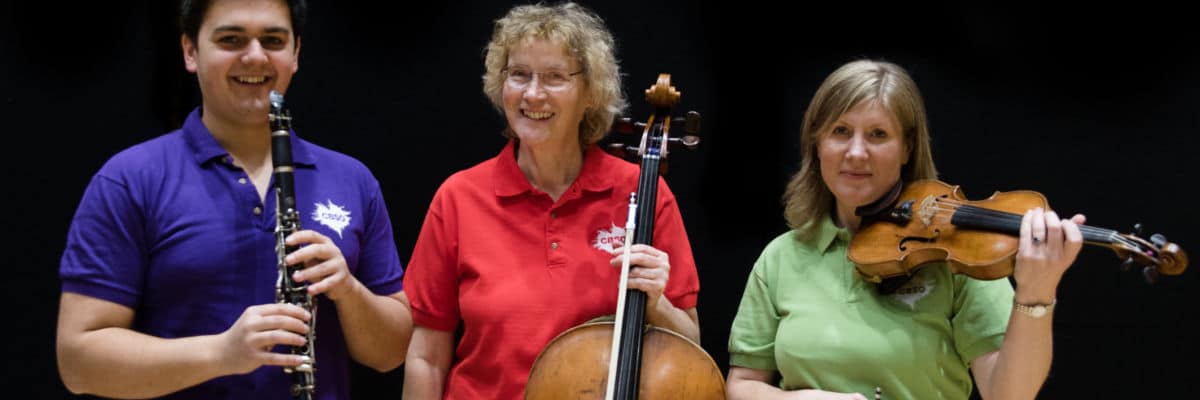
Jonas Kaufmann’s pre-Christmas tour, promoting his current Sony album, has been rescheduled to December 2021.
He was supposed to be appearing with the State Philharmonic of Rhineland-Palatinate, conducted by his regular partner Jochen Rieder,
in Paris, Vienna, Munich, Frankfurt, Düsseldorf, Mannheim, and Hanover.
Stay home, stay safe.

The orchestra’s chairman Daniel Froschauer has talked for the first time of plans to stage the New Year curtain-raiser in an empty hall.
Riccardo Muti is the scheduled conductor.
It’s a wait-and-see Covid situation. At the moment, Vienna’s in total lockdown.
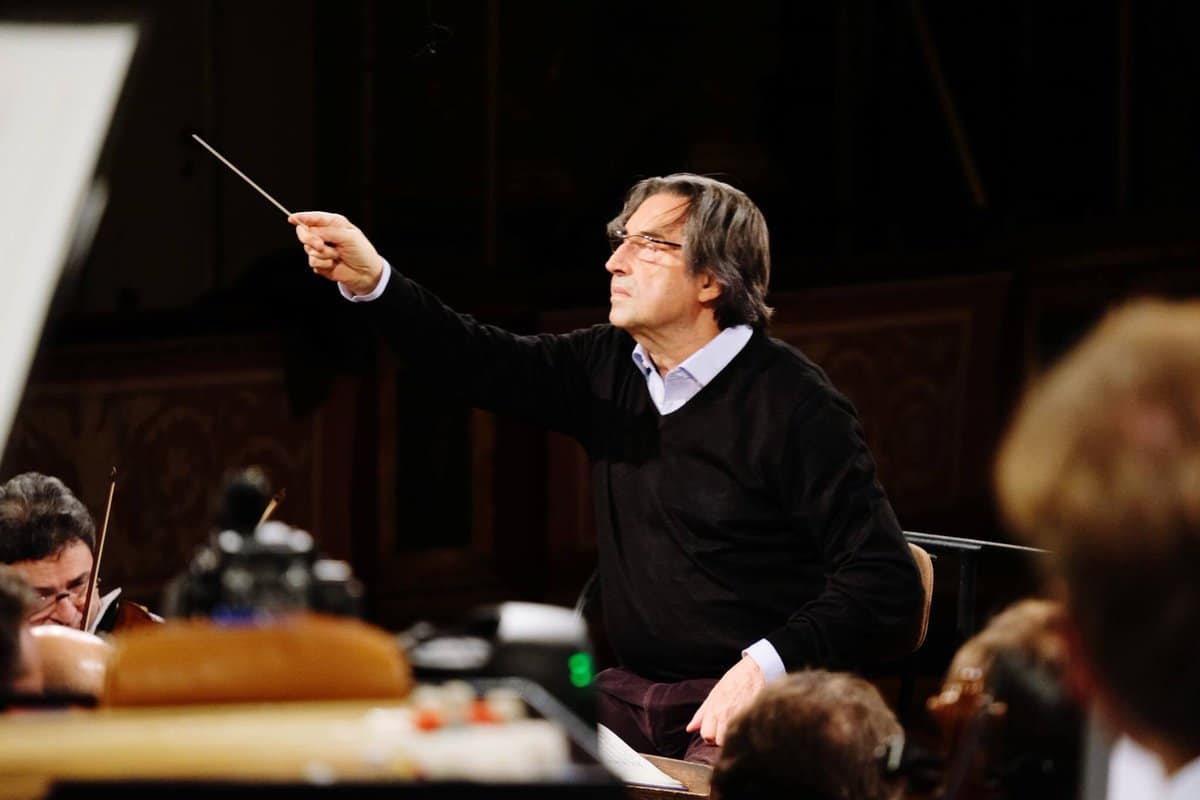
The filmed Sonya Yoncheva recital, intended for last Saturday and postponed to next, has now been put off until February 27, 2021.
Ms Yoncheva is unwell with a non-Covid condition, we’re informed.

The Met is missing more of its deadlines.
According to this latest study, 1.5 metres is all you need in the woodwinds.
Results of BR Symphony Orchestra aerosol study
Scientists at the LMU Clinic in Munich and UK Erlangen investigated the spread of aerosols when playing the trumpet, flute and clarinet
Following the study results on the risk of corona infection when singing with singers from the Bavarian Radio Choir, further results are now available from this extensive study by the LMU Clinic in Munich, the University Hospital Erlangen and the Bavarian Broadcasting Corporation. The further evaluation of the data concerned the spread of aerosol – and thus the possible transmission of viruses – when playing wind instruments, which was examined with members of the BR Symphony Orchestra. According to the results, the distances in the orchestra, at least to the side, could be smaller than is currently recommended. The research was funded by the Bavarian State Ministry for Science and Art.
State Minister Bernd Sibler emphasized: “One of my central tasks as Minister of Art is to make culture possible. In times of the pandemic, protecting the health of musicians and the public is particularly important. The better we know about the corona virus, the more targeted we can take measures for safe music-making. As Minister of Science, I therefore support the work of our scientists with full conviction. It is fundamental to being able to make responsible decisions. Many thanks to everyone who contributed to this study and thus provide perspectives for possible openings . “
Visualization of aerosol clouds through the substance of e-cigarettes
In contrast to studies that measured the absolute aerosol concentration through playing music, the approach of this study was to determine the acute spread and distribution of aerosols in the room through the playing of certain wind instruments. Prof. Dr. Matthias Echternach, Head of the Phoniatrics and Pediatric Audiology Department at the Department of Otolaryngology and Polyclinic for Otorhinolaryngology at the LMU Munich Clinic, and PD Dr. Stefan Kniesburges, fluid mechanic in phoniatrics and pediatric audiology at the ENT clinic at the University Hospital Erlangen (FAU), set up a test setup in Studio 2 at the BR location Unterföhring in which aerosols that were inhaled through the basic substance of e-cigarettes are in their spread when playing wind instruments could be observed and measured.
Recommended distances to the front and to the side
The evaluation of the measurements via the radiated aerosol clouds showed that the musicians should keep a greater distance from their colleagues in front than to the side. Always provided that the room is permanently ventilated and that the aerosols are regularly removed with fresh air. “The measured wind instruments differ in their radiation characteristics towards the front. For the trumpet and the clarinet, we measured an average distance of 0.9 meters from the cloud to the mouth. However, a few musicians also achieved widths of 1.5 meters, so safety distances of 2 metres are recommended. With the flute, however, the measured pulse radiation to the front via the mouthpiece even reached widths of up to 2 meters. Therefore, safety distances of 2 meters are to be assessed as too small and 3 meters as appropriate. The radiation to the side remained under one meter for all musicians. ‘A safety distance of 1.5 meters seems to be sufficient, in contrast to the previously recommended 2 meters,’ says Matthias Echternach.
‘However, the data only refer to the direct propagation through the own impulse when playing. For the safety of the musicians, however, it is important that the aerosols are permanently removed from the room so that they do not accumulate’, adds Stefan Kniesburges . How far aerosols can be removed under real stage and rehearsal conditions is not yet well understood in the opinion of the study directors. ‘With regard to the real rehearsal and performance conditions for making music, further studies are necessary in order to examine additional measures with regard to their potential for risk reduction and their acoustic effects.’
Larger concert repertoire possible again by reducing the distances
‘This extremely thorough study provides important information about safe distances between musicians on stage. We hope that your findings will be quickly incorporated into the requirements of decision-makers,’ says Nikolaus Pont, manager of the BR Symphony Orchestra. ‘Just the reduction of the lateral distances between the wind instruments would enable us to perform a much larger repertoire again.’
Christopher Corbett, principal clarinetist at the BRSO, adds: ‘For us musicians it is a basic requirement that we hear each other well in order to be able to make music. It would be enormously helpful if the distances within a vocal group in a row could be reduced The musical and emotional communication with colleagues would be easier again, and it becomes audible.’
